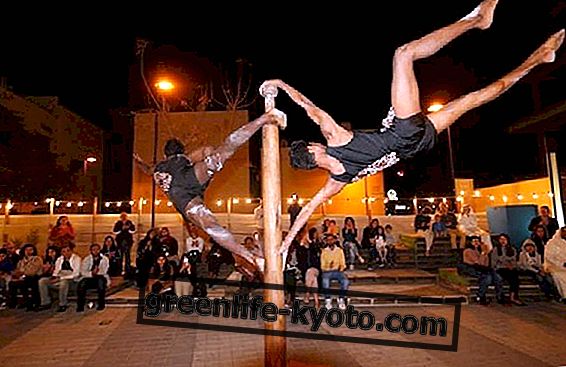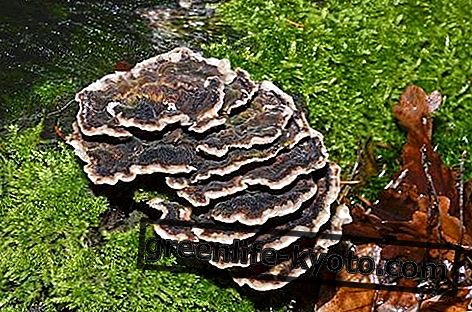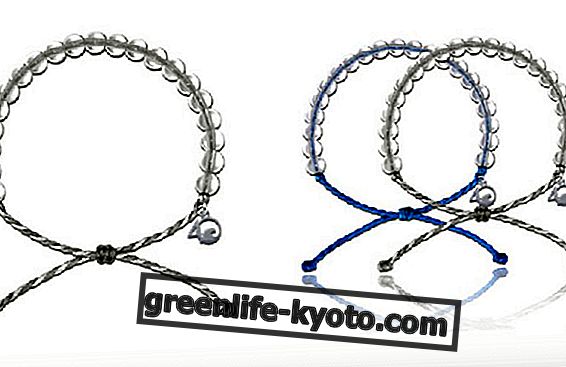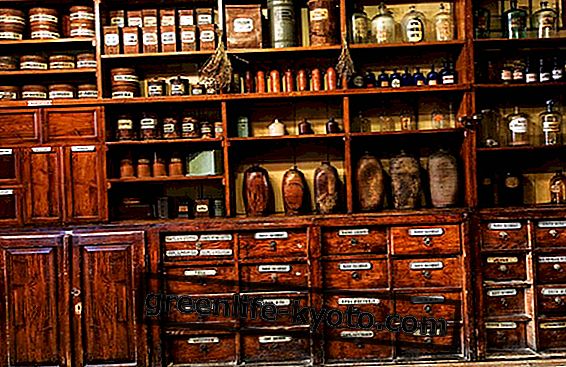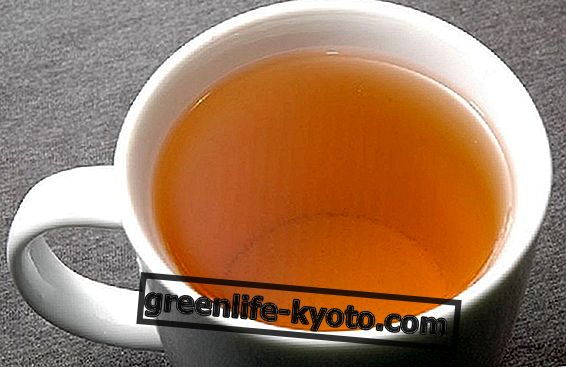
Tea cups: how many are there?
Large, medium, small, white or all colored, in ceramic, porcelain, stoneware or other material: there are infinite shapes and endless models of tea cups! It is known, every country prefers its own.
In the West, in general, tea cups are small to medium in size, can contain from 200 to 350 ml of tea, are made of ceramic or porcelain and have only one handle and under a saucer. England loves the classic tea cups of the Queen, with delicate and decorated flowers and porcelain, or the funny and more youthful mugs that count millions of collectors in the world.
In some countries, such as India or Morocco, tea is served in glass, think of the colored glasses for mint tea or the indestructible glass of thick Indian glass, where hot chai is served. Sometimes, especially in South India and in Tamil Nadu, the chai is put in special metal and steel glasses, no elegant porcelain tea cups are used!
In the East great importance is given to the preparation of tea, as tradition dictates, for this reason functional and specific cups are chosen, depending on the tea being prepared. The gaywan is indeed a typical and particular cup used in China . Gaywan means "covered cup" and stands for a cup, at the base of which there is a saucer, and above a lid. To use it, put the tea leaves in the cup and pour the water: after 2-3 minutes, in the case of green tea, you begin to sip the infusion by slightly lifting the lid and holding it tilted so that it retains the leaves .
The Japanese masters of tea, on the other hand, used to order the craftsmen for the objects for Cha No Yu (the traditional tea ceremony) inviting them to respect and follow the aesthetic principle that hinged on sobriety. The Japanese poet Lu Wu saw in the preparation of tea the same order and harmony that reigned in all things: for him the cup had to be blue, as it gave the liquid an amber color, while the white made it look unpleasantly pink.
In Argentina, mate tea is prepared in a special cup, very particular, made of glass, metal or ceramic, equipped with a "bombilla", the typical straw.
Finally, in Italy, the origin of the teacup dates back to the time of the Crusades, the 12th century, when men discovered these particular containers, "tàssa" in fact, in use by the Arab peoples. The most common is the classic white cup with a handle for the handle and the saucer with the same decoration.




